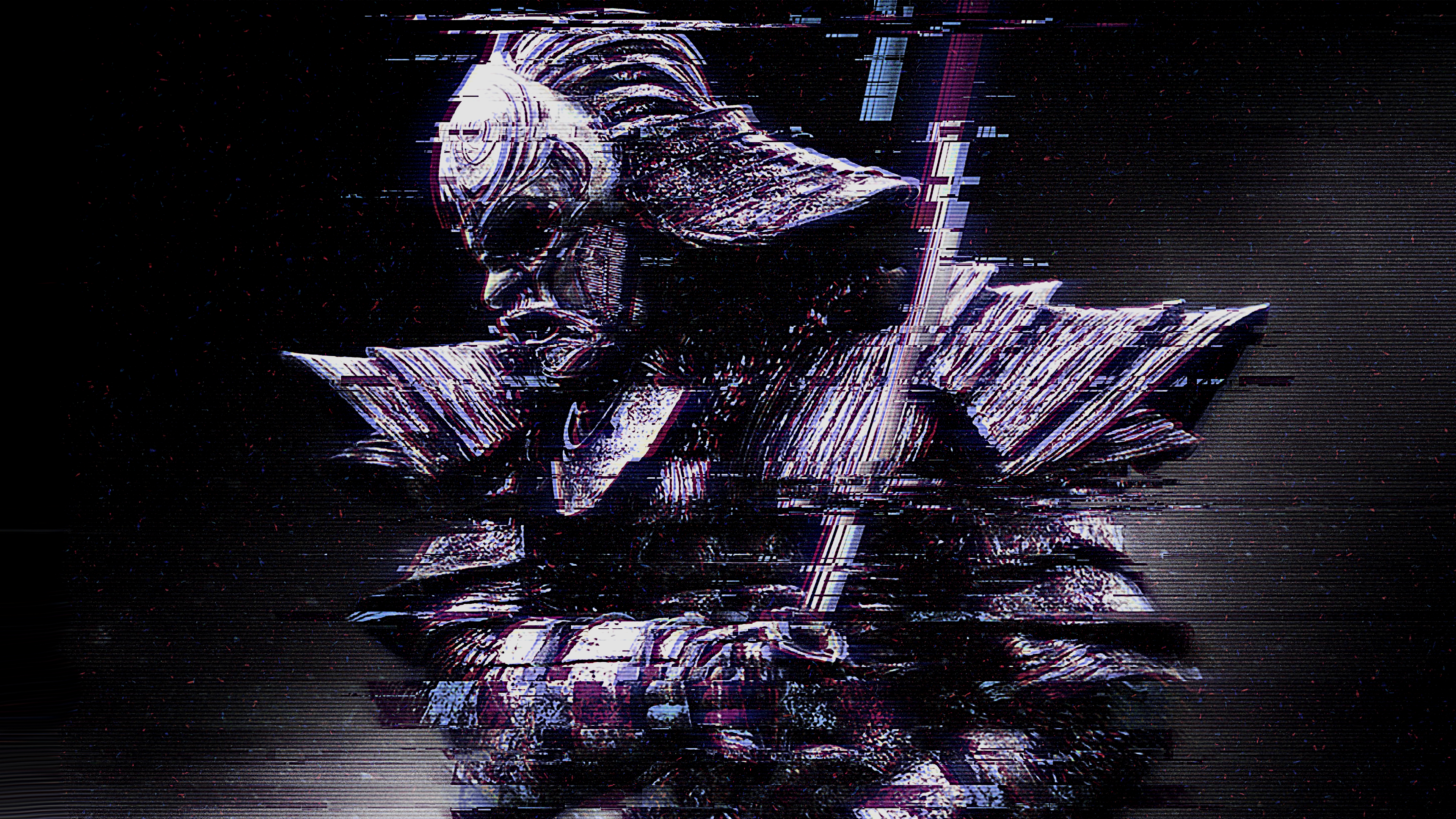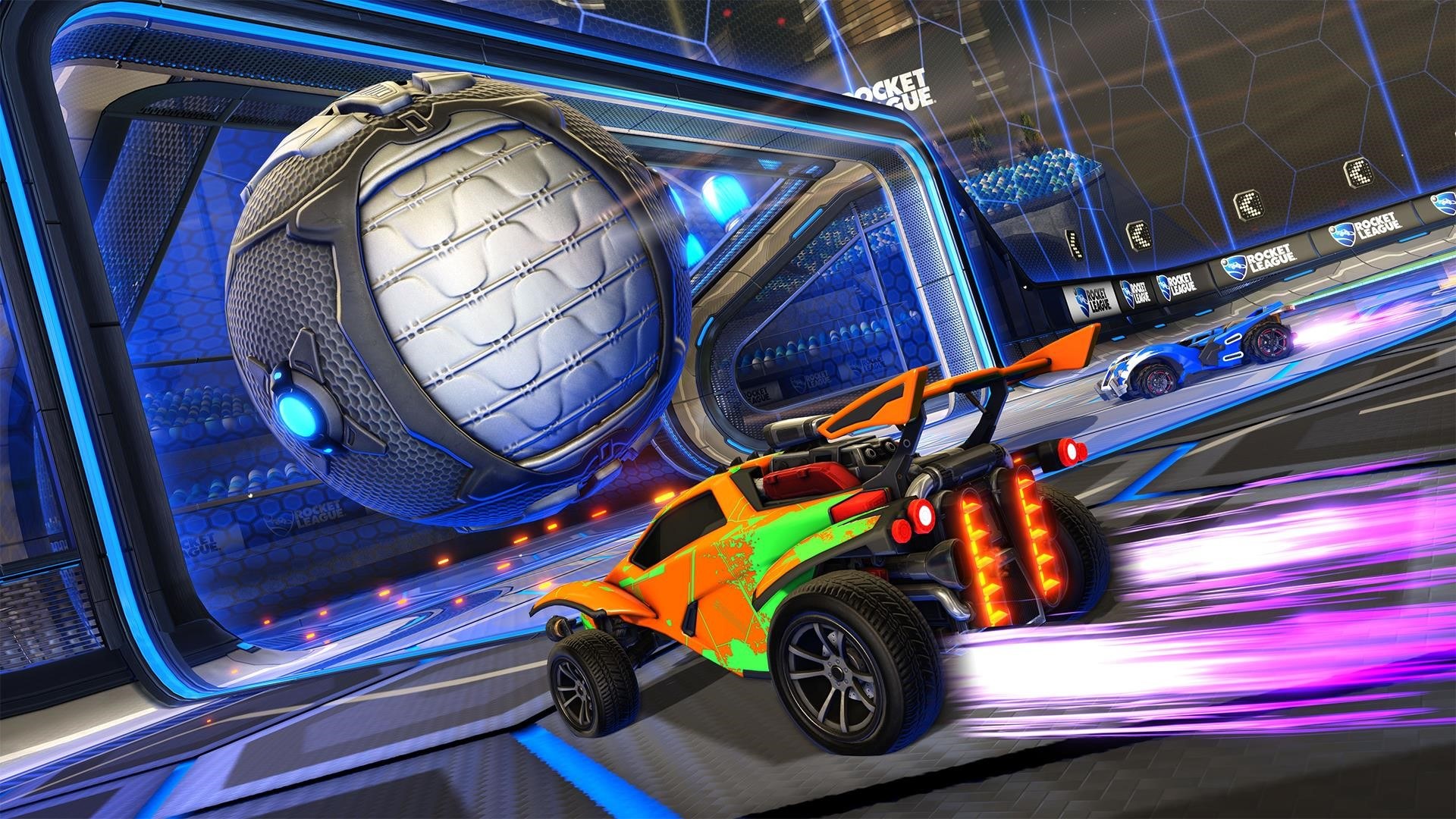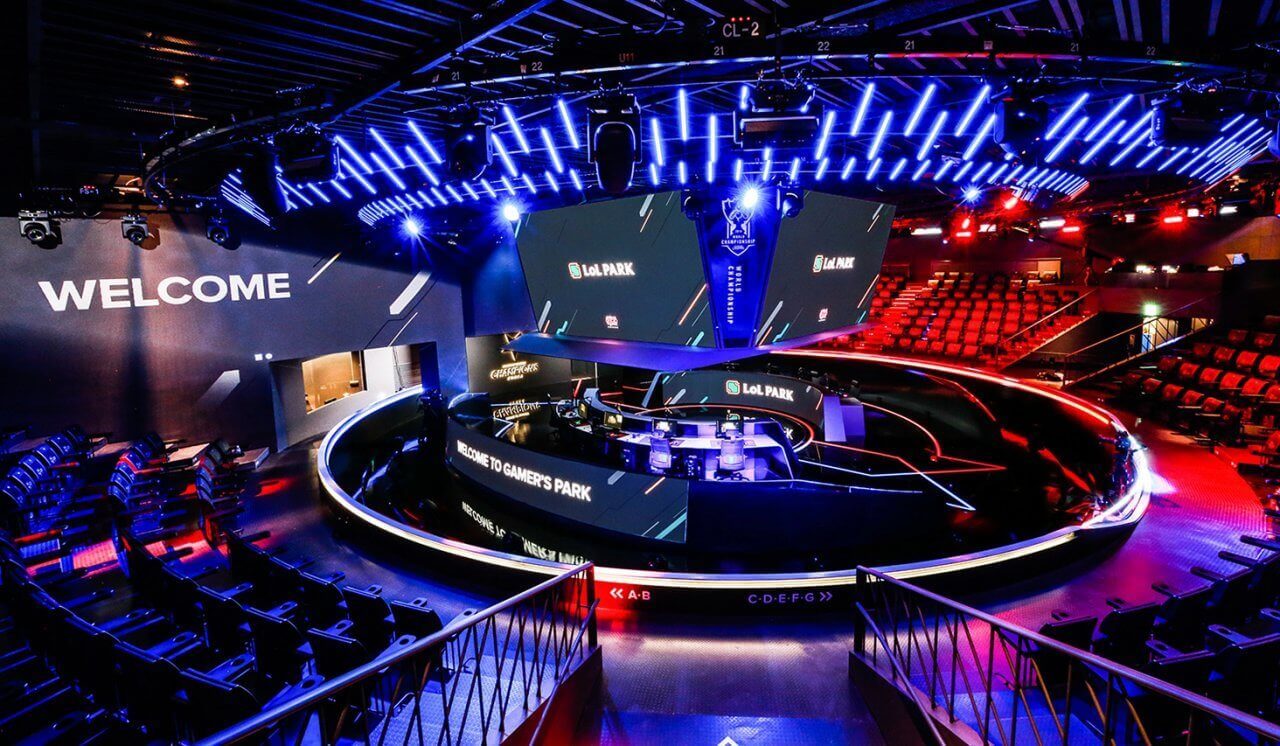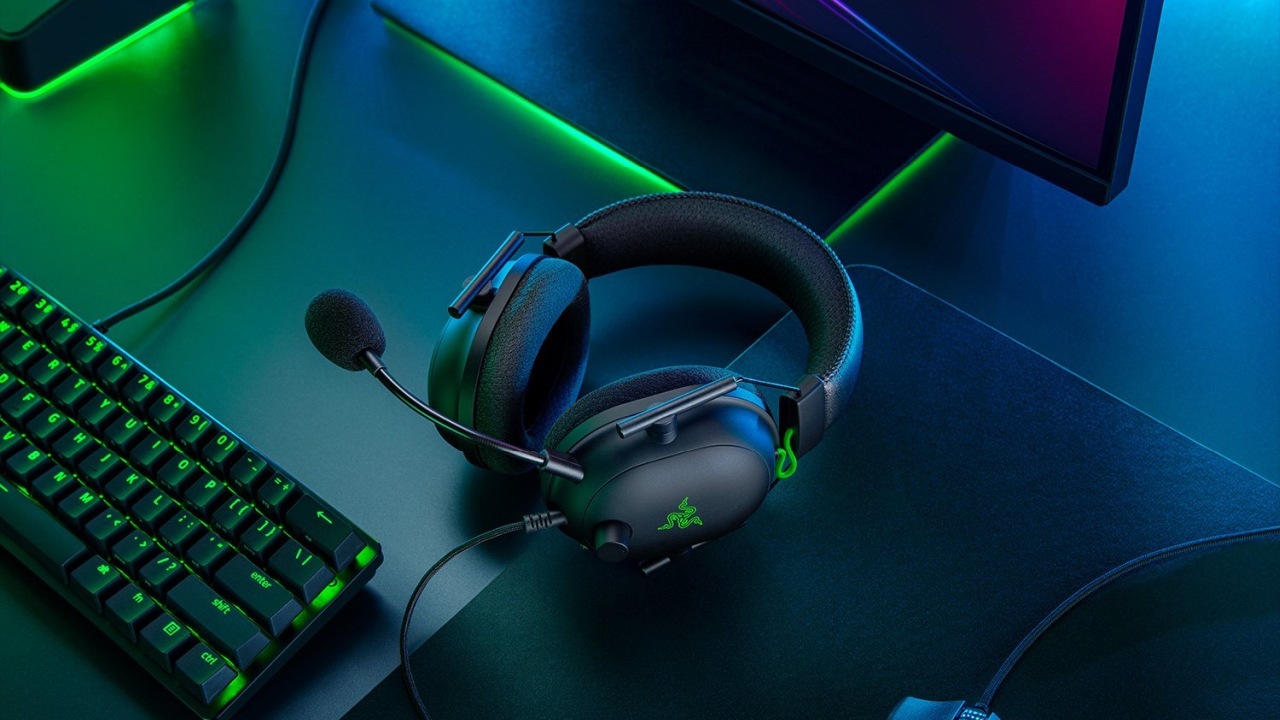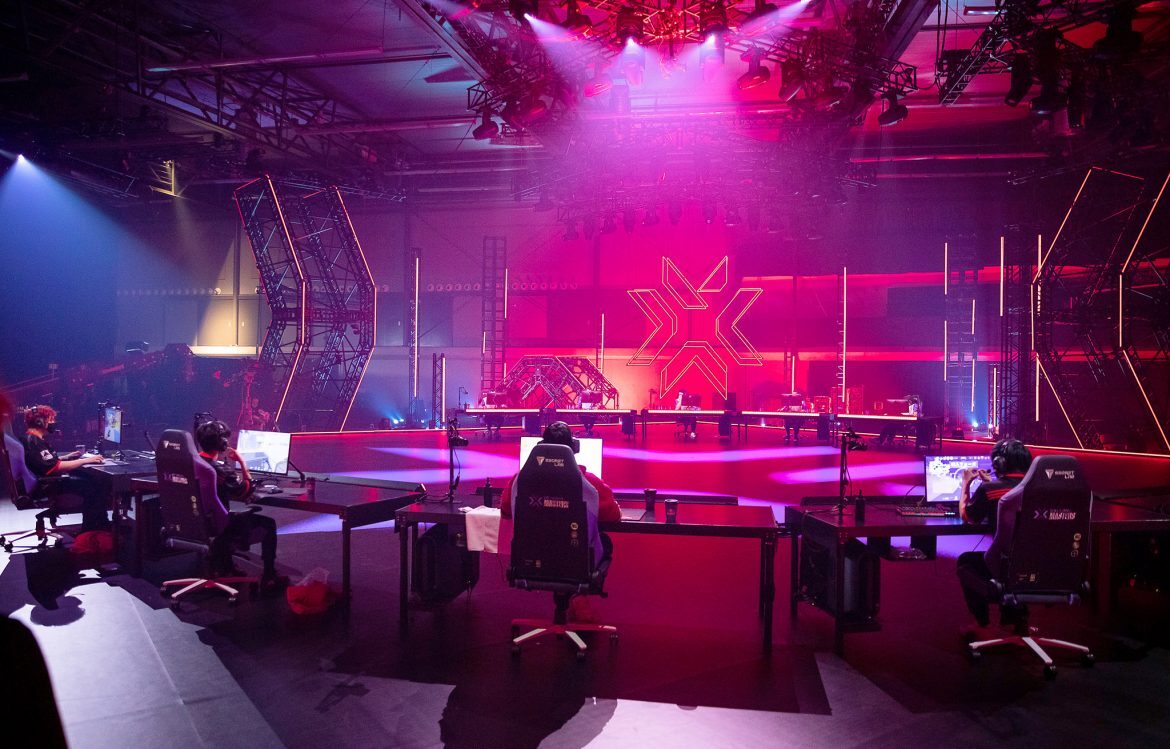Chronobreak is an extremely useful tool when encountering bugs. Let's check out what it really does and how it works!
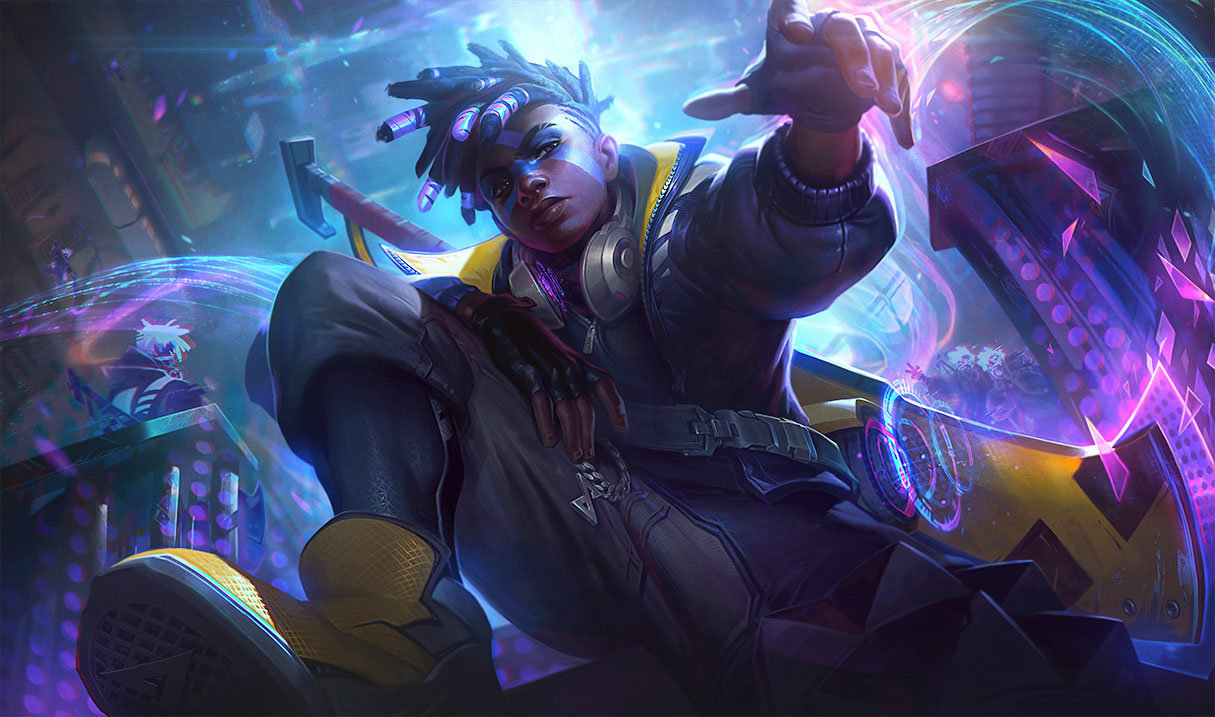
League of Legends players are familiar with Ekko and his Chronobreak. He moves through time, turning back the clock to a favorable action to escape certain death. This exact same concept can be applied to real-life esports scenarios as well.
What do we mean by this? Well, there is a tool which Riot has created that enables esports officials to ‘turn back time’ within a match of League of Legends. What is this tool, though? It’s also known as Chronobreak, and we’re going to explore exactly what it is and how it works.
What is Chronobreak in League of Legends?
The Deterministic Disaster Recovery Tool, better known as Chronobreak, is a feature Riot started working on in the mid 2010s. It is a tool with which games played on stage can be rewound to a specific point and time.
This tool has been used quite a few times since it’s introduction in 2017, where it was used for the first time during an LCS match between FlyQuest and Cloud9 – brings back memories to see Sneaky on stage, eh? A minion blocked Miss Fortune’s ultimate and the Riot officials could use the Chronobreak tool to turn back the clock, thus enabling both teams to continue play from a point before the Miss Fortune bug.
This was the first instance of the tool being used, and since then, it has even been utilized during Worlds.
How Was Chronobreak Developed?
In a blog post, Rick Hoskinson, an engineer on the Deterministic Disaster Recovery team, explained how the development of the Chronobreak tool came to be. Originally, Riot was looking for a tool to quickly turn back time and create fast, repeatable tests driven from a set of recordable inputs.
The original tool was called Delta checker and hadn’t been intended for esports purposes, but in 2016, the League of Legends esports feature initiative was looking for ways to recover game data from on-stage bugs without having to replay a whole game.
Thanks to the knowledge of the Delta checker, they were able to create the Chronobreak tool.
How Does Chronobreak Work?
The way Chronobreak works is actually pretty simple – and this is coming from someone who studied media and communications. Basically, the esports game servers automatically record every single game. These recordings are called Server Network Recordings – SNRs for short – and they will be used in the Chronobreak process.
We “commit” to the Chronobreak by killing the bugged-out server instance using a special command that also disconnects all of the real players and broadcast spectators. Players may then reconnect to the new server process through the League client, just like you would if you were dropped from a normal game.
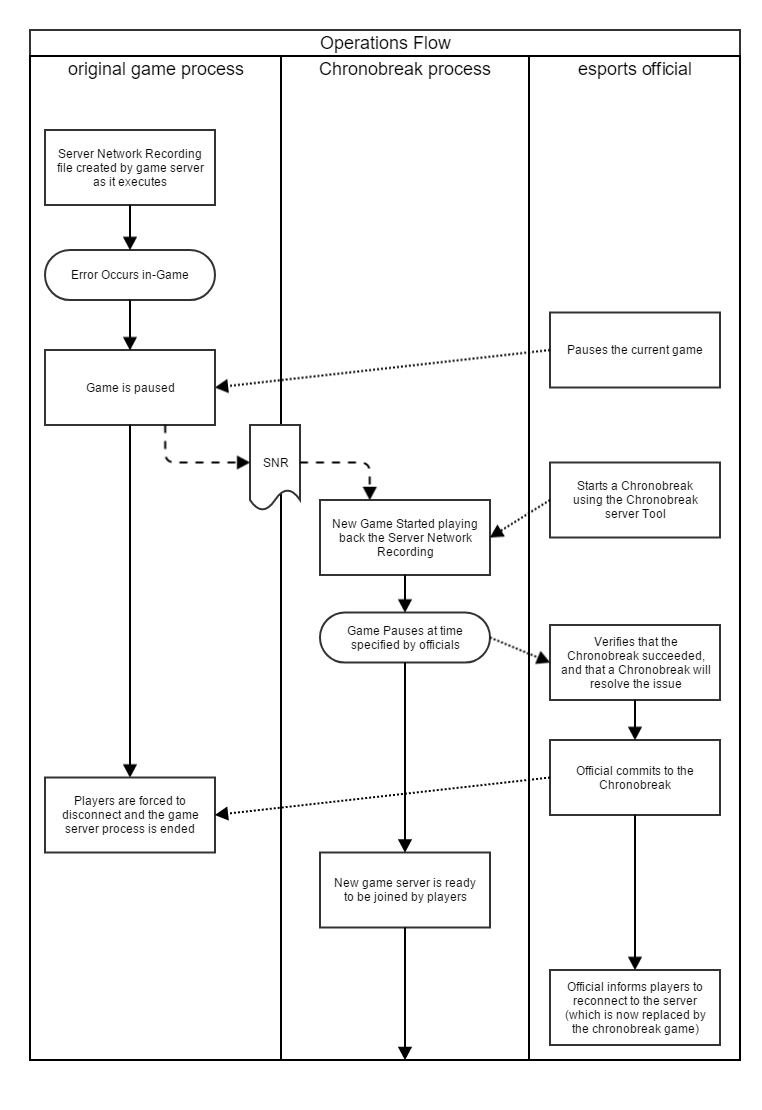
Why Is The Chronobreak Useful?
The Deterministic Disaster Recovery Tool is extremely useful since Riot managed to find a quick way to restore game data and enable for a quick succession of a game even when encountering a bug.
Before the Chronobreak tool was introduced, Riot tried to find various ways to avoid full-game restarts, like save-state snapshots of game memory or using the practice tool to re-create game states. Hell, even using virtual machines playing the game a few minutes behind the live match was also considered before Riot went with the deterministic approach.
Basically, Chronobreak enables viewers and players to get back into the game as quickly as possible. Imagine watching a hockey game and a goalies mask breaks. Instead of having to restart the whole hockey game from scratch, the goalie goes to the bench, gets a new game and keeps playing from the moment of the pause. This is a similar situation in League of Legends.
Thanks to the Chronobreak tool, we skip back to a few seconds before the bug took place and keep playing from there. Does it always seem fair? Not entirely, there have been instances where some could speculate whether the Chronobreak was rewound to a ‘neutral’ state of play that wouldn’t be advantageous to either team.


















